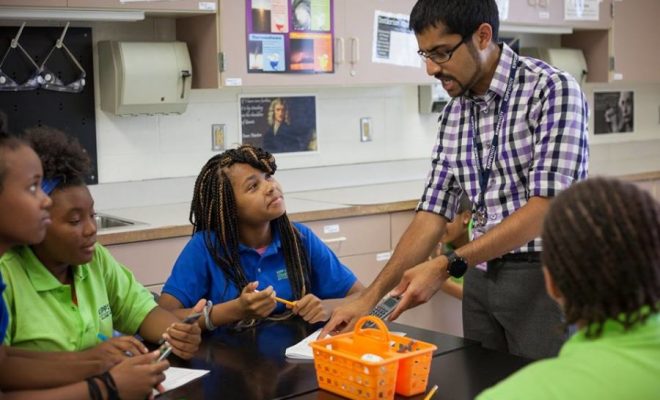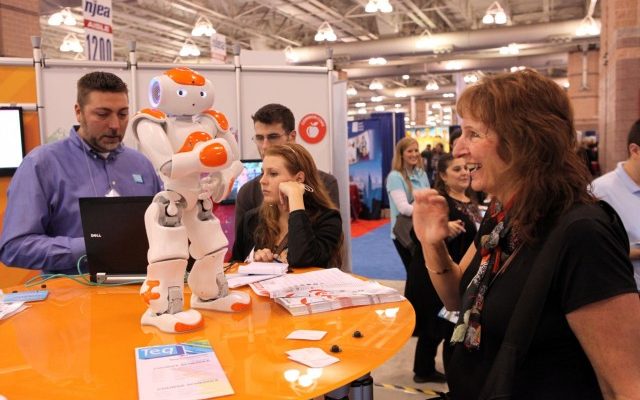School leaders say they need more practical training in education technology. Here’s one way that can work

This article was written by Nichole Dobo
Barbara Treacy, a lecturer at Harvard University with expertise in blended learning, has devoted quite a bit of time to talking to school leaders about education technology.
A theme developed from these conversations. Over and over she heard from administrators with this a lonely refrain: “We just really never have a place where leaders can talk to each other.”
Many education technology creators have targeted teachers, rather than entire districts, to get a foothold in classrooms. An overwhelming majority of schools now provide computers in classrooms, and new money from the federal government is advancing the march of modern Internet access to even the poorest schools.
As a result, innovation has been able to grow organically, with teachers leading the way on experiments to improve classroom instruction with the help of technology. But this created a scattershot effect, with pockets of teachers trying new things. It also left these pioneering teachers to be assessed for their effectiveness by school leaders – many of them had not been trained in these new tools.
“This is the group that is both a critical lever in success in any change process — and that includes technology,” Treacy said. “They have to be prepared to lead it.”
New programs, such as The Friday Institute at North Carolina University (where Treacy is a consultant), are designed to help principals who need training to take blended and online learning to the next level in their schools. The University of Pennsylvania offers training focused on teaching educators how to work in a blended learning school. And academia isn’t the only group attempting to tackle it. The Lexington Institute, a conservative-leaning think tank in Washington, D.C., offers training for innovative school leaders.
As she visited schools in Ohio and Rhode Island, Treacy said she was surprised by how much has changed inside classrooms. While some people argue that schools are stuck in the so-called “factory model,” that’s not at all what Treacy experienced. In the schools that were blazing new paths, teachers told her they were not afraid of technology. They felt empowered by leaders who had encouraged them to try new things. (I noticed the same thing in a Rhode Island school that I visited in November 2014. A teacher there told me: “There is a lot of power in letting kids see you make mistakes.”)
But there’s more work to do if school leaders want research-based innovation to take root uniformly.
“It’s not systematic enough,” Treacy said. “There’s a lot bubbling up from the ground up, which means it’s not going away, but I think we need to be having conversations now in a more systematic way.”
This story was written by The Hechinger Report, a nonprofit, independent news organization focused on inequality and innovation in education. Sign up for our newsletter to get a weekly update on blended learning.
Nichole Dobo is a reporter and the blended learning fellow. Her work has been published in the Los Angeles Times, The Atlantic’s online edition, Mind/Shift, WHYY NewsWorks, Slate and in McClatchy newspapers.






